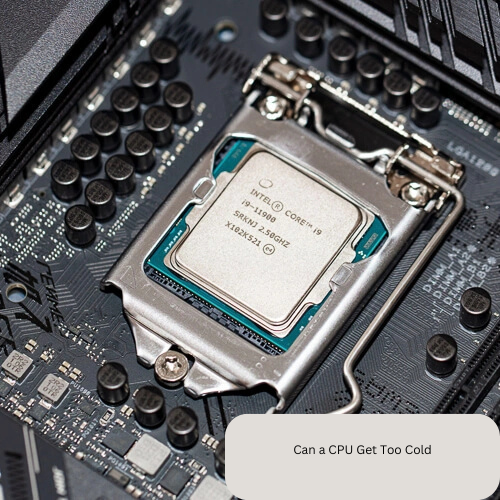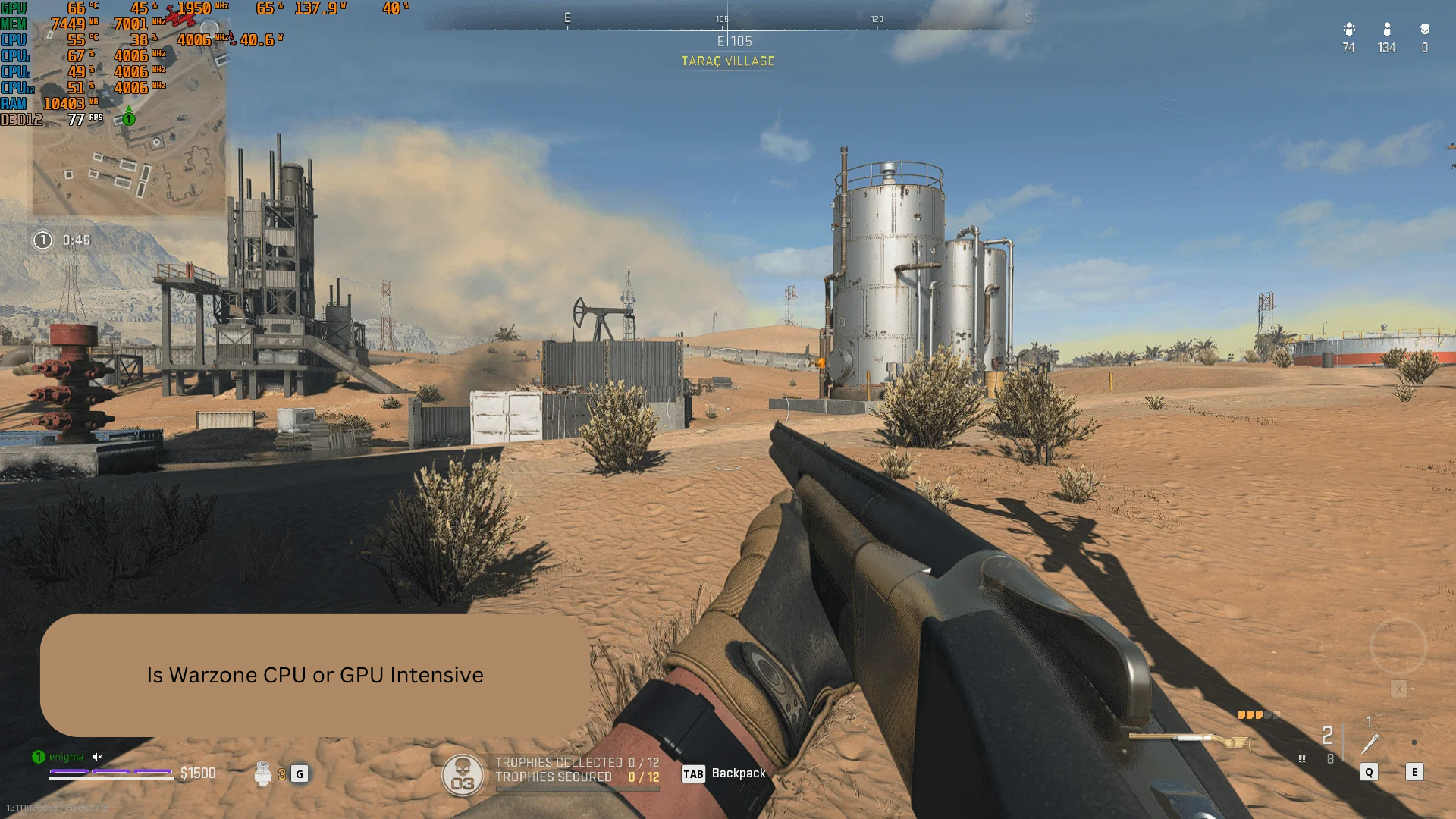Introduction
If your high-end gaming rig or 3D application isn’t performing as well as it should, you might be facing an invisible performance thief: .How CPU-Based Frustum Clipping Slows Down Your Games While frustum culling is essential for rendering efficiency, having the CPU handle it instead of the GPU can cause unexpected frame drops, stuttering, and CPU overheating.
This guide will help you:
✔ Understand what frustum clipping is and why CPU processing hurts performance
✔ Diagnose whether your system is affected
✔ Fix the issue with software tweaks and hardware upgrades
By the end, you’ll know exactly how to eliminate this bottleneck and get the smoothest possible performance.
What Is Frustum Clipping? (And Why CPU Handling Is Bad)
The Basics of Frustum Clipping
In 3D graphics, the view frustum is the pyramid-shaped area visible to the camera. Frustum clipping (or culling) removes objects outside this space to avoid rendering unnecessary geometry.
Why CPU-Based Clipping Is a Problem
Modern GPUs are optimized for this task, but some engines (especially older or poorly optimized ones) force the CPU to handle it instead. This leads to:
🔴 Lower FPS – The CPU isn’t built for real-time geometry processing like the GPU.
🔴 Stuttering & Input Lag – The CPU gets overloaded, delaying other critical tasks.
🔴 Higher Temperatures & Power Draw – Extra CPU load increases heat, potentially causing thermal throttling.
3 Major Performance Issues Caused by CPU-Based Frustum Clipping
1. CPU Overload = Slower Everything
- The CPU has to process thousands of objects per frame just to decide what’s visible.
- This steals resources from physics, AI, and game logic, leading to frame drops and lag.
2. GPU Bottlenecking (Underutilization)
- If the CPU can’t keep up, the GPU sits partially idle, wasting its power.
- Symptoms: Low GPU usage (below 90%) despite high CPU usage.
3. Heat & Throttling Issues
- Constant high CPU load → increased temperatures → thermal throttling → even worse performance.
- This is especially bad on laptops and small-form-factor PCs.
How to Fix CPU-Based Frustum Clipping
✅ For Gamers: Optimize In-Game Settings
If your game lets you adjust rendering settings, try:
- Enable GPU-Based Culling (if available in settings)
- Reduce Draw Distance – Fewer objects = less CPU work
- Lower Shadow/Reflection Quality – These often rely on CPU culling
- Disable Unnecessary Physics Objects – Reduces CPU overhead
✅ For Developers: Optimize Rendering
If you’re working with a game engine (Unity, Unreal, etc.), implement:
- Occlusion Culling – Hides objects blocked by walls
- Level-of-Detail (LOD) Scaling – Reduces polygon count for distant objects
- Multi-Threaded Rendering – Spreads CPU load across cores
✅ Hardware Fix: Upgrade Your CPU
If your CPU is too weak, consider these best picks for gaming:
- Best Overall: AMD Ryzen 7 7800X3D (insane gaming efficiency)
- High-End Choice: Intel Core i9-14900K (raw power for heavy workloads)
- Budget Option: Intel Core i5-13600K (great price-to-performance)
FAQs – Quick Answers
Does every game suffer from CPU-based clipping?
No—modern engines like Unreal Engine 5 and Frostbite mostly use GPU culling. Older or custom engines may still rely on the CPU.
Can I disable frustum clipping?
No, but you can reduce its CPU impact by optimizing settings.
Will a better GPU fix this issue?
Not directly—the problem is CPU-bound. However, a stronger GPU helps overall performance.
How do I check if my CPU is the bottleneck?
Use MSI Afterburner or HWMonitor:
- If CPU usage is near 100% while GPU usage is below 90%, your CPU is likely the issue.
Is frustum clipping bad?
No—it’s necessary for performance. The problem is CPU-based clipping, which is inefficient.
Final Verdict: How to Eliminate the Bottleneck
🔹 For Gamers:
✔ Lower CPU-heavy settings (draw distance, shadows, physics)
✔ Update GPU drivers (better optimization can help)
✔ Consider a CPU upgrade if your chip is outdated
🔹 For Developers:
✔ Use GPU-based culling whenever possible
✔ Implement occlusion culling & LOD systems
✔ Optimize multi-threading to spread CPU load




